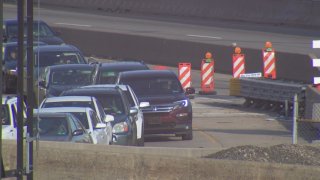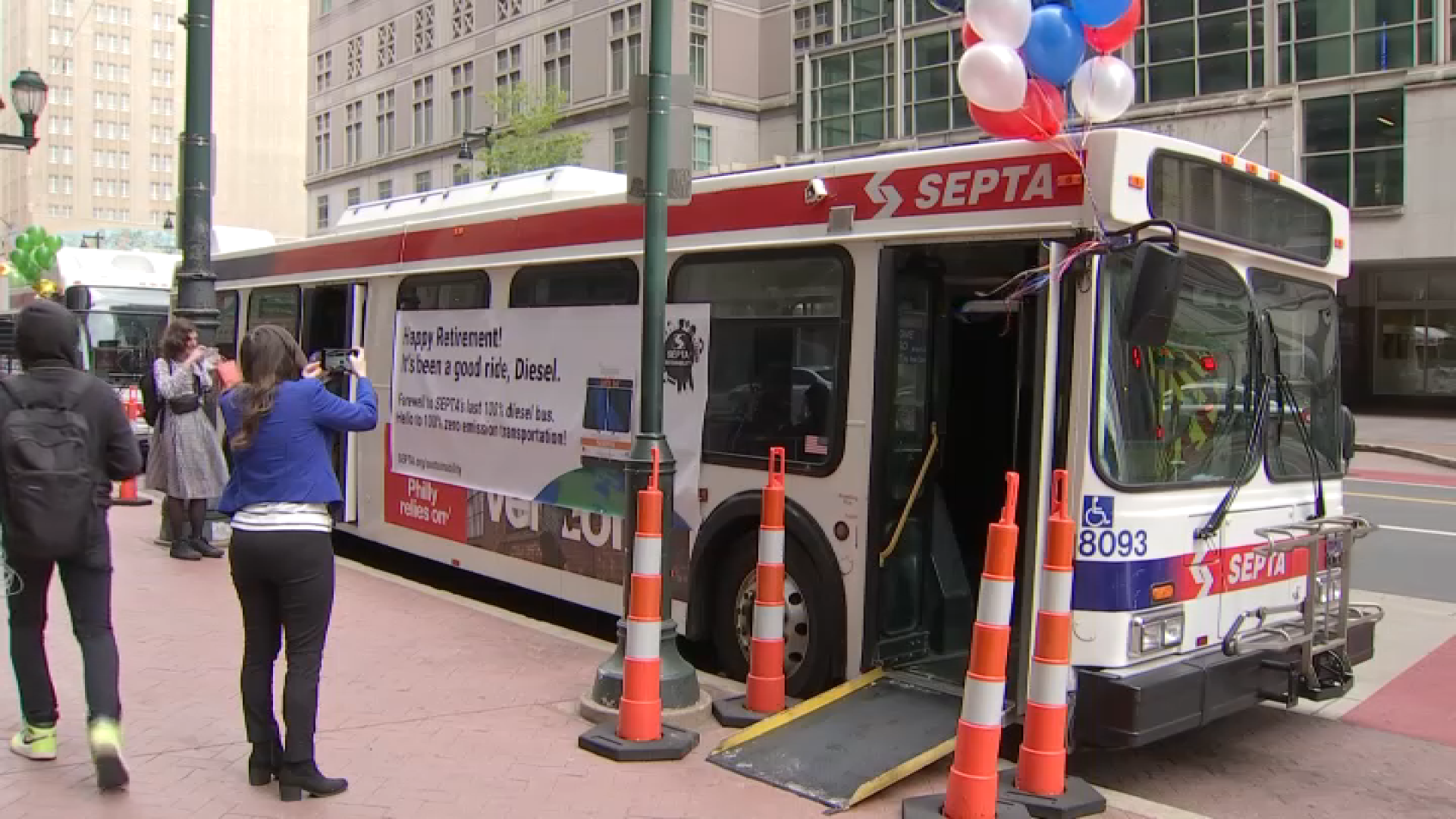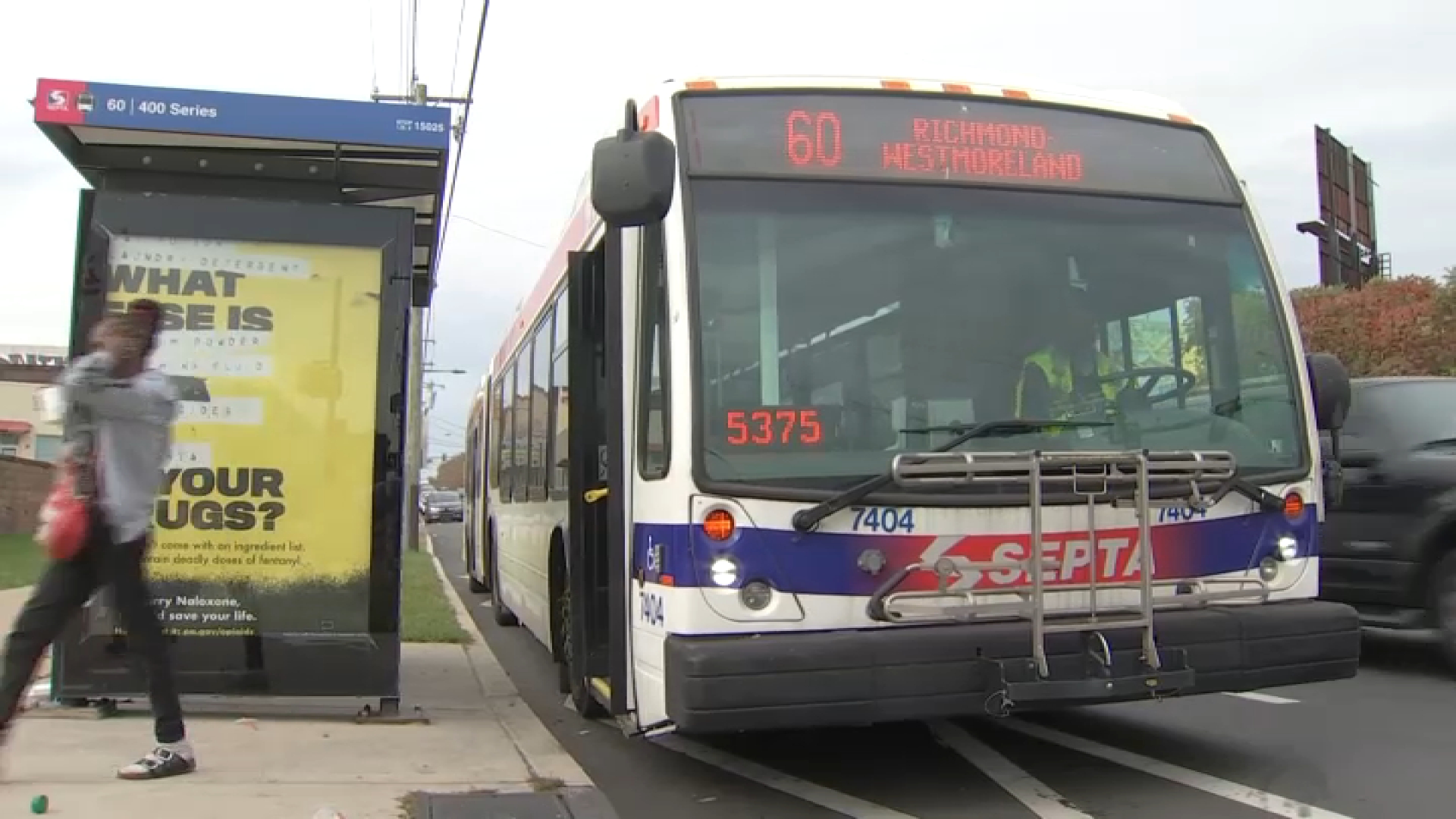
What to Know
- Crews redecked only about half of the 289 spans covering the eastbound lanes of Interstate 76 during seven separate weekends in 2019.
- "Unforeseen conditions" under the surface on the viaduct slowed down crews looking to complete the eastbound lanes by year's end, PennDOT said.
- PennDOT is formulating a revised plan to tackle the resurfacing project in 2020.
When PennDOT began closing a busy stretch of the Schuylkill Expressway for weekends at a time this summer, the hope was that enough work could be done to complete that part of the highway rebuild by year’s end.
With bitter cold and the holidays now upon us, that obviously isn’t happening.
The eastbound Interstate 76 viaduct resurfacing project between 30th Street Station and South Street will continue into 2020, PennDOT said.
The transportation agency had warned this could have happened. So, what does it mean to the overall schedule for closures of the aging interstate running along the Schuylkill River?
We got answers from PennDOT.
You might recall the Friday night to Monday morning closures that forced drivers onto other highways or surface streets. The about 4,000-foot span of the highway, first laid down in 1960, through the heart of Philadelphia was closed a total of seven weekends in 2019, allowing for about 250 hours of work, PennDOT spokesman Brad Rudolph said.
Transportation and Transit
Crews used that time to tear up the deteriorating viaduct along the Schuylkill River and redeck the surface using a special quick-drying synthetic cement. A total of 289 spans needed to be replaced, but crews replaced less than half (138) due to surprises that turned up under the surface.
“The existing overlay placed in the 1980s was deeper than anticipated,” Rudolph said. “These depths presented a significant challenge for removal and required additional preparation time that limited the amount of overlay that could be removed and replaced during the weekend closures.”
Rudolph said the “unforeseen conditions” left by the 80s construction gave PennDOT “a tremendous amount of knowledge about the structure” that can be used to help adjust the scope of the project in the New Year.
With cold weather now firmly in place, the project, part of the larger $39.8-million repair project broken into four phases, is on hold until the spring construction season.
PennDOT is developing its plan for a revised project timeline for both the eastbound resurfacing with a completion target date of November 2020, Rudolph said.
Some progress can be made during a break in the main construction as the contractor will continue repairing piles supporting the structure and the drainage system for I-76 through the winter, Rudolph said. Drivers should also expect overnight lane and periodic daytime shoulder closures so crews can work on the Chestnut Street and I-76 viaduct structures.
“Although the scope of the rehabilitation project is evolving, PennDOT is working to maintain the project schedule and complete the project by the end of next year,” Rudolph said.
Even with the eastbound project on delay, PennDOT plans to go ahead with resurfacing the westbound direction starting in the spring and summer with the hope of also completing those lanes by the end of 2020.
“PennDOT is committed to coordinating this work around high impact events in the University City neighborhood and the sports complex in an effort to minimize the impacts to these events,” Rudolph said.
Eagles games, especially, caused PennDOT crews to not close the highway on certain weekends this past fall.
Certain lessens about the closures will also be used when formulating the new closure plan.
"PennDOT monitored the queue lengths during construction and determined that maintaining a single lane eastbound during the day created longer backups than implementing a full closure," Rudolph said. "Detouring traffic not only help minimize the delays motorists experiences it also provide for a safer work zone."
Once the project is finally completed, the roadway is expected to be good for the next 30 years for the about 130,00 drivers who use the highway daily, Rudolph said.



